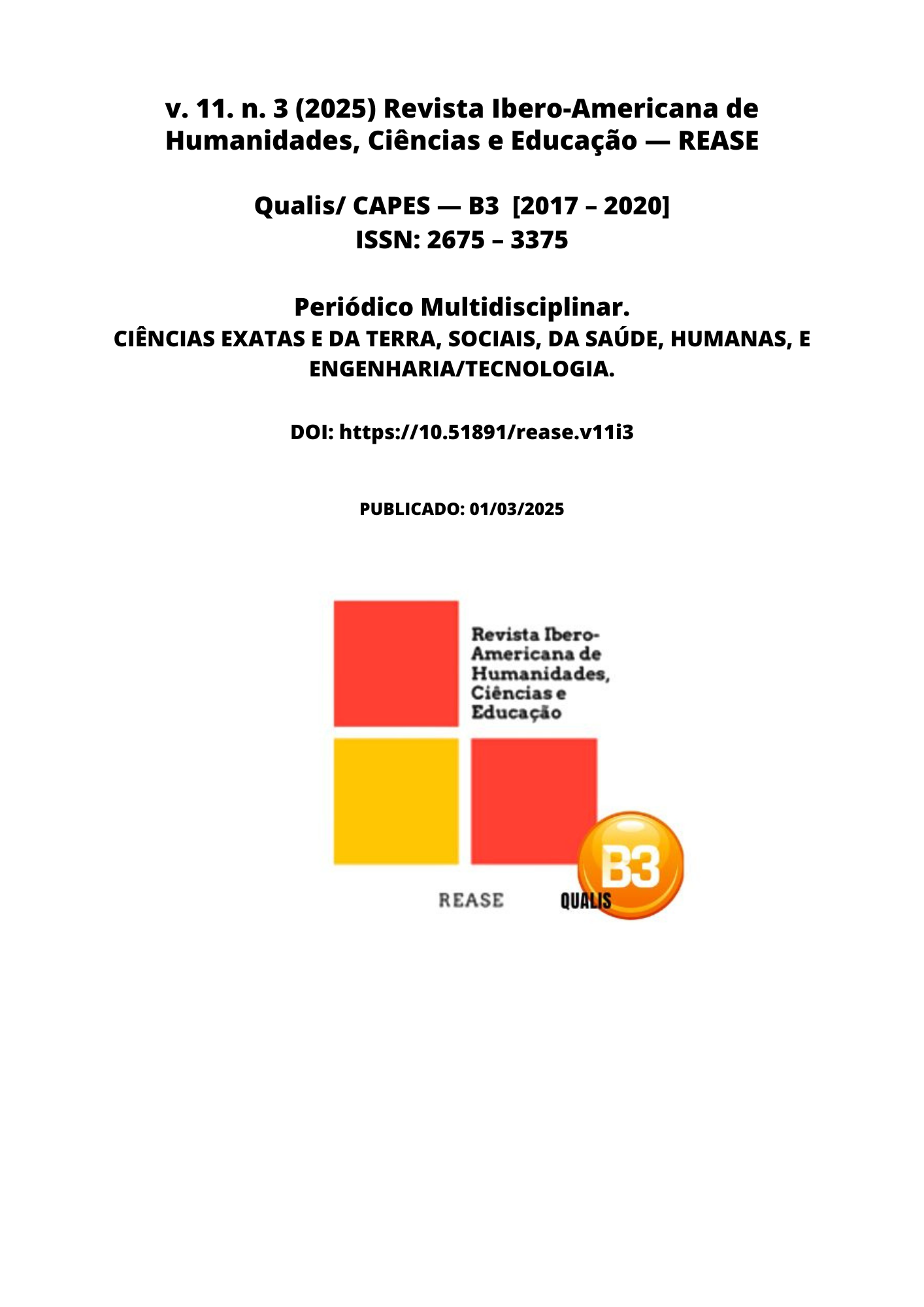PHARMACOLOGICAL MANAGEMENT OF NEUROPATHIC PAIN IN PEDIATRIC PATIENTS
DOI:
https://doi.org/10.51891/rease.v11i3.18223Keywords:
Pain. Neuropathy. Pediatrics.Abstract
Neuropathic pain is described as pain resulting from injury or dysfunction of the somatosensory nervous system. It is a complex clinical condition, in which diagnostic tests often reveal an underlying abnormality in the peripheral or central nervous system. In pediatrics, many of the common etiologies observed in adults are rare, which poses additional challenges to their recognition and management. The aim of this review is to provide a comprehensive overview of pharmacological approaches in neuropathic donor management in children. A literature review was carried out in the main medical databases using the descriptors “neuropathic pain” and “pediatrics”, using the Boolean operator “AND”. All articles published between 2015-2024 were included in the primary analysis. It is observed that the routine use of pharmacological agents in children with neuropathic pain is predominantly extrapolated from studies carried out in adults, with specific investigations in pediatric populations being scarce. However, some studies report that the prioritization of topical treatments is seen as appropriate and the incorporation of pharmacological interventions within a comprehensive model should be cautious in managing pediatric pain. Therefore, the need for future research aimed at improving therapeutic approaches for childhood neuropathic pain is highlighted, aiming for safer and more effective treatment for this vulnerable population.
Downloads
Downloads
Published
How to Cite
Issue
Section
Categories
License
Atribuição CC BY

